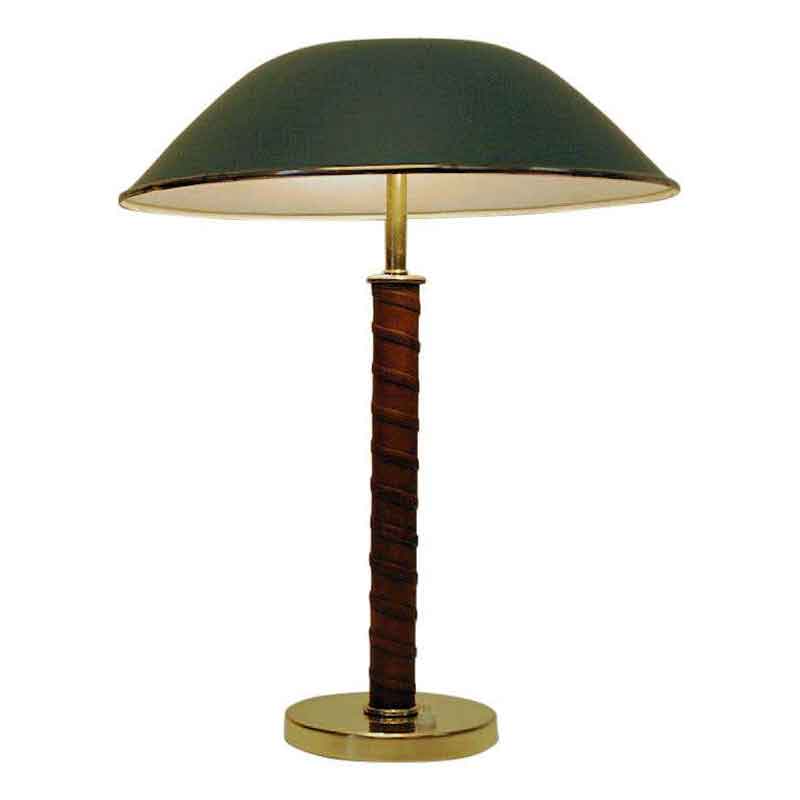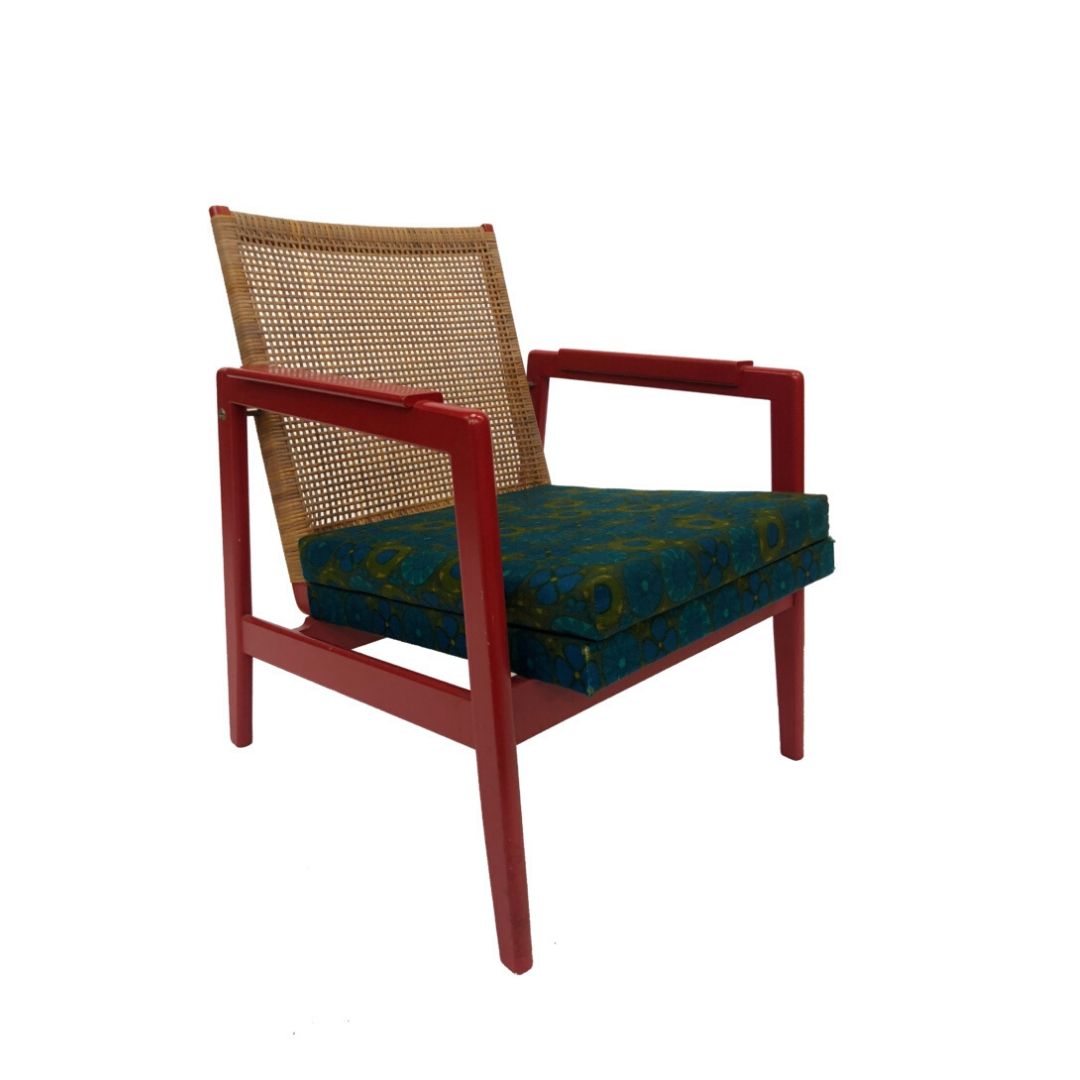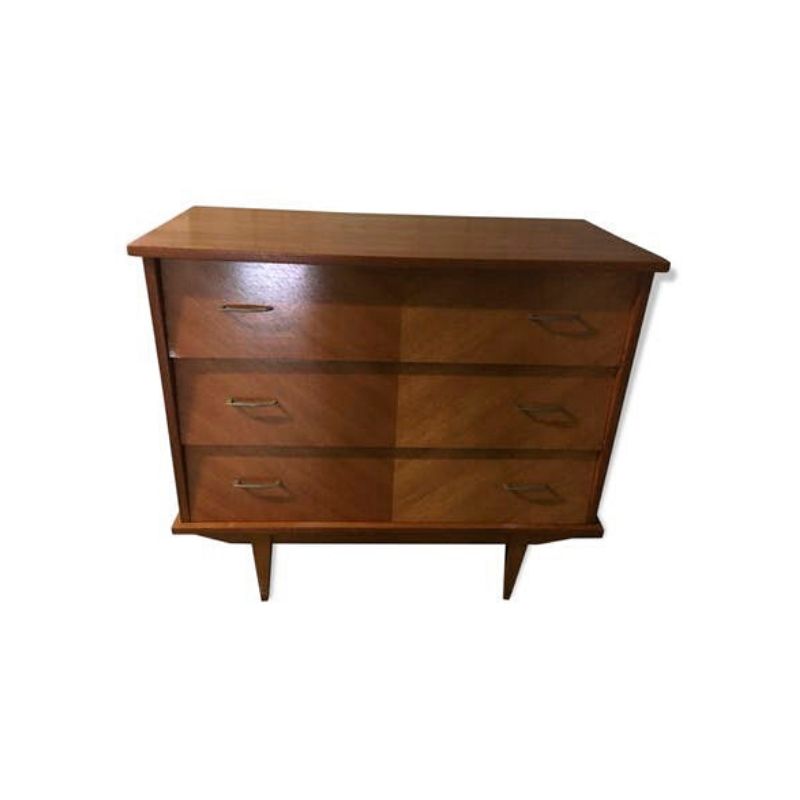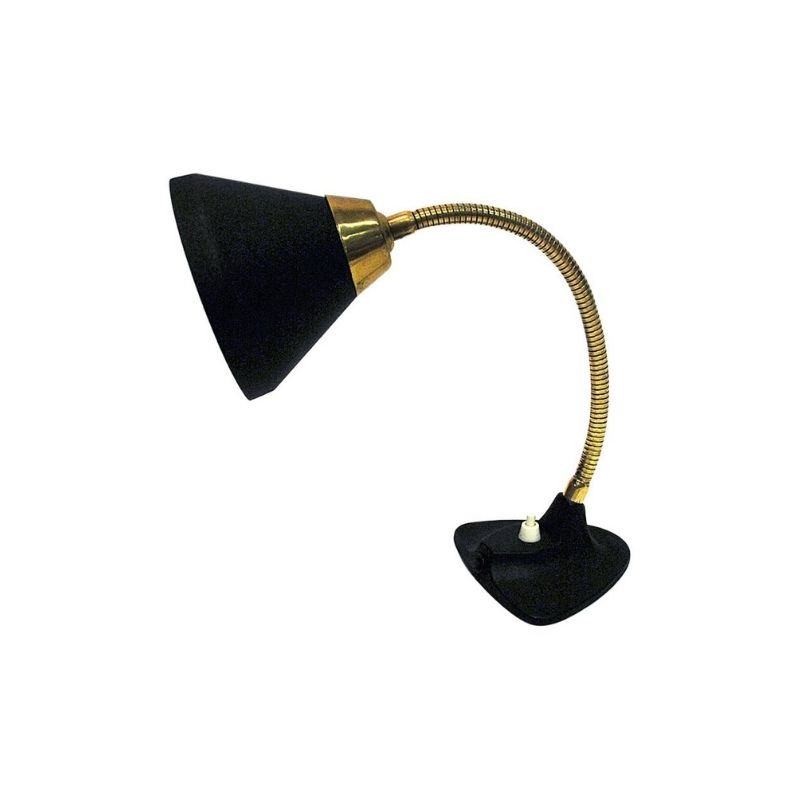Okay, SDR, you've got me curious.
What application calls for weathered-look teak indoors?
Actual weathered teak, that is, teak that has undergone countless cycles of wet/dry, full sun, salt spray, etc., does possess certain visual and tactile qualities that may be virtually impossible to reproduce accurately. There are many treatments that folks have come up with over the years to simulate a weathered effect using various oxidizers, acids, mordants, and such to react with the tannins, lignins, and natural color of wood. Each of these techniques will offer varying results on different species and even on different samples of one.
Knowing the intended use for the surface and the total area to be treated might help to determine a realistic approach to achieve the desired results, if possible.
In the meantime, I'm headed out to my garage to look at some old boards.
Thanks, all.
Everywhere I look online I find references for preserving wood, not ageing (or aging) it !
Specifically, I have an old oak rocker, a Stickley-like knock-off with a tired stain finish, and some checking to the uprights and other superficial defects and damage. I'd like it to look like it had been left outside for some years -- grey, "driftwood" finish.
Fuming with ammonia darkens the wood. I want to go the other way. The material used to age cedar shingles to silver, sounds like what I want . . .
Any further ideas ? Thanks so much for the help !
Strip it first.
With a methylene chloride-based stripper and a brass or bronze brush. If it's been stained with an organic-pigment stain, you may never get it out of the open grain, but I'd try then going at it with two-part wood bleach and, after neutralizing the bleach, then applying a light gray acrylic pickling stain followed by a non-yellowing wax like Renaissance.
Find some scraps of white oak to experiment on.
I don't think I need to remind you that all this stuff is nasty, dangerous, and toxic, or to take proper precautions.
Those bleaching oils for cedar shingles are snake oil, IMO.
http://antiquerestorers.com/Articles/jeff/using_wood_bleach.htm
If you need any help, please contact us at – info@designaddict.com









